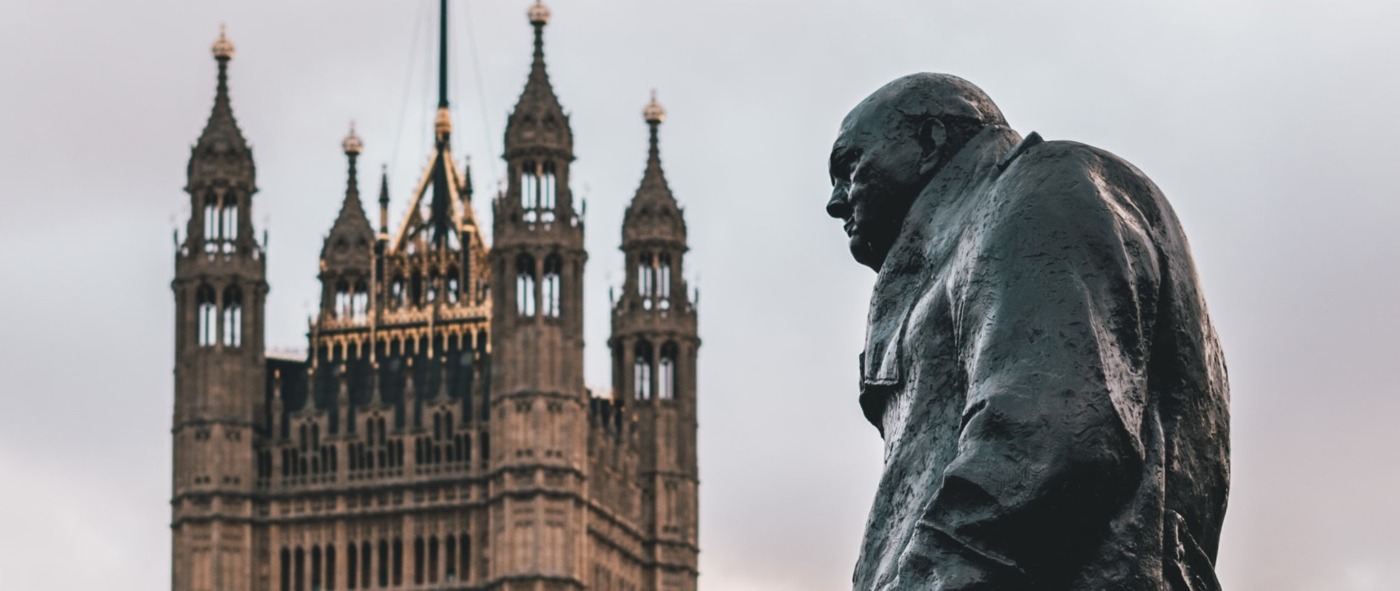Like history, the debate surrounding statues is complex and nuanced
Should we get rid of statues, and which ones? This week, battles are raging on mainstream and social media, and in typical media fashion, dividing people into increasingly opposing camps. A common argument is that taking statues down equates to erasing history. Without a knowledge of our past we cannot learn from it. Some have been bold enough to invoke the vivid imagery of Orwellian censorship by quoting 1984.
Yes, statues provide a tangible and often permanent connection to our past. Yes, they provide awareness of historical figures who were influential, whether locally, nationally, or internationally. But their purpose is not purely educational. Statues are aesthetic components of the public landscape, statues are memorials commemorating landmark historical figures and moments, and most importantly, statues are celebrations. They glorify individuals. Ever ‘put someone on a pedestal’? We quite literally look up to them. They demonstrate a community marking an individual out for recognition. Even in the cases where their namesake paid for a statue, they still subconsciously command honour.
Removing a statue does not ‘erase history’, it demonstrates a historical awareness of the statue’s background and a willingness to change who we are looking up to. Very rarely do statues show up in history classrooms among more fitting educational channels. I’m not dismissing their educational purpose: they provide a ‘public history’ to those who might otherwise have no consideration for or contact with history. Doesn’t that make our choices of who to put on a pedestal even more important? Reconsidering this is not destroying history, but rather seeking to represent it more accurately.
Removing a statue does not ‘erase history’, it demonstrates a historical awareness of the statue’s background and a willingness to change who we are looking up to
Can there be an educational purpose to statues commemorating racists? Surely, I hear you say, we can understand that they were once deserving of a statue. The fact these statues were commissioned shows that this person was perceived, at that time, as worthy of honour. Understanding the outdated values of past societies is a touchstone reminding us to continue striving for positive change. This was the motive behind the decision to fish Edward Colston out of the dock to put in a museum. No doubt his swimming trip of June 2020 will be a historic landmark.
The compromise tends to be ‘write a decent plaque explaining how it ended up there.’ Note that this is a lot cheaper and simpler than replacing a statue. It shifts the underlying narrative from ‘glorification’ to reflection. Of course, no one blindly worships anyone who has a statue. The glorification aspect is subtle. Viewers can appreciate controversial legacies, and the plaque option helps them do this, although most passers-by will absorb ten words rather than wanting to read essays.
Putting aside for a moment the manner of his removal, does anyone in Britain really want to glorify Edward Colston? Other than observant Bristolians and the occasional history buff, chances are you had never heard of him. His philanthropy landed his name all over Bristol, funded largely by the trade of the Royal African Society with which he was responsible for the transportation of over 80,000 slaves. The verdict is clear: he is not deserving of honour.
Understanding the outdated values of past societies is a touchstone reminding us to continue striving for positive change
In some cases, though, it is more controversial, like Columbus, Cromwell, and Churchill – to name just three very different men who have surfaced in this week’s dialogue. (A surprising number of famous historical figures are more problematic than your schoolbooks taught you. Was that just to keep the curriculum simple and light-hearted? It’s another topic, but I’m sure I’m not the only history student moving from school to university who has been deeply shocked by the dark side of Britain’s imperialist past.)
Famous people, historical and today, are as complicated and three-dimensional as you. Millicent Fawcett, the first and only woman to grace Parliament Square in 2018, was a suffragist who also supported concentration camps. It is possible to be both oppressed and an oppressor. Our minds like to categorise everyone as ‘good’ and ‘bad’, but this generalisation is often inaccurate, especially when so many injustices are built into society and trickier to confront. Topple anyone with some dirt to their name by today’s standards and sadly there would be very few statues left. Where do we draw the line with iconoclasm? No one is perfect. Maybe we shouldn’t idolise anyone! That’s why my favourite statue is the one of Paddington Bear.
The most essential task – which history can help us with – is to grasp our own capacity to make good decisions and improve society
Any historian will tell you it would be naïve to expect a consensus to be reached on many historical figures, but the discussion of representation should highlight history’s complexity and not shy away from studying it.We must acknowledge that the statues inevitably command respect, so the person they portray should warrant this. We must have this debate now. It’s long overdue. Colston’s watery fate after decades of campaigning demonstrates that questions will be overtaken by action in the most obvious cases. I’m looking at you, Rhodes.
To anyone who faces a decision over statues directly, activists and councils: remember the functions they serve, remember the meanings that residents and visitors will attach to them, and as tempting as it is to form opinions from hearsay, please research the history properly.
Chances are you don’t face these decisions. Don’t get too caught up over lumps of metal and forget that lives are more important. Plaques and statues are tokens. The most essential task – which history can help us with – is to grasp our own capacity to make good decisions and improve society.

Comments